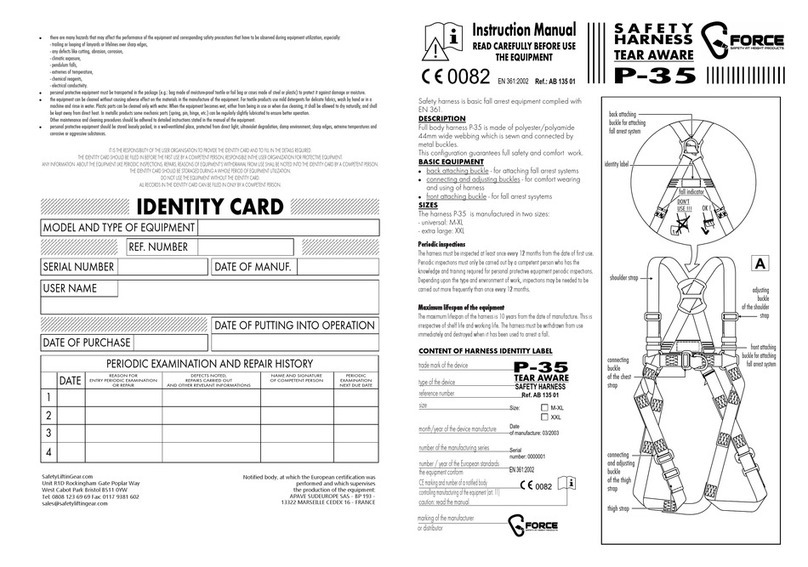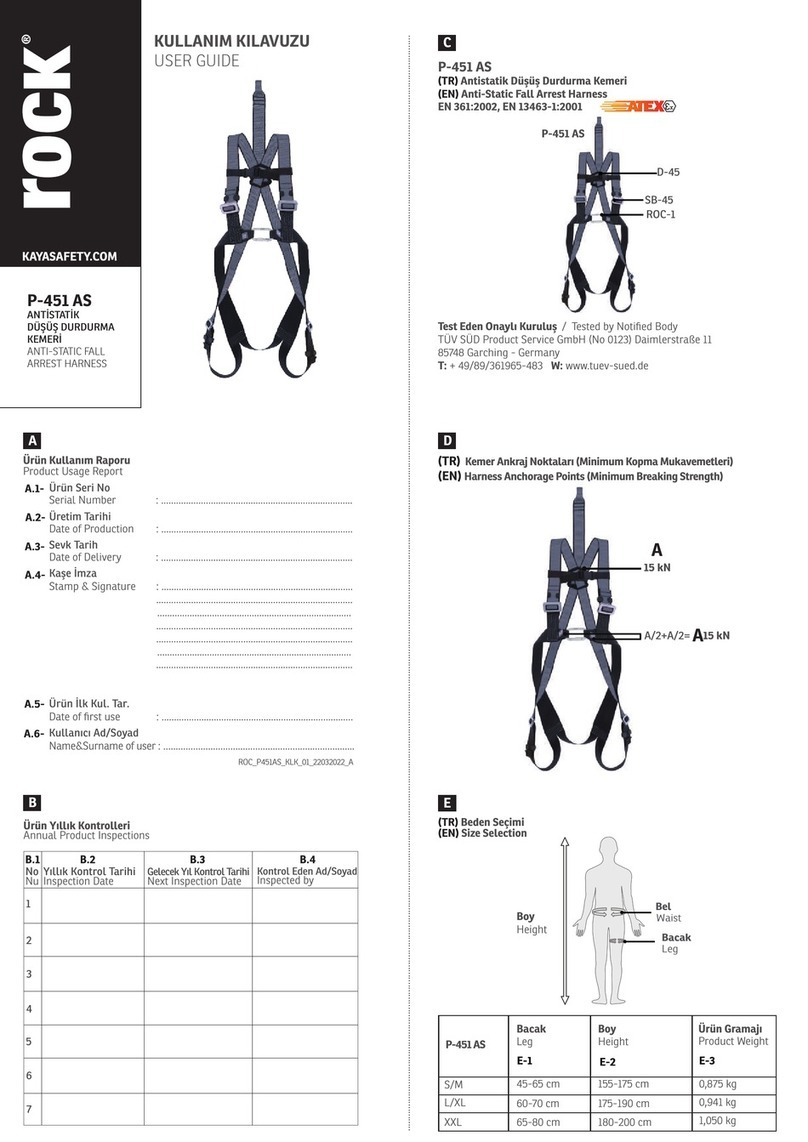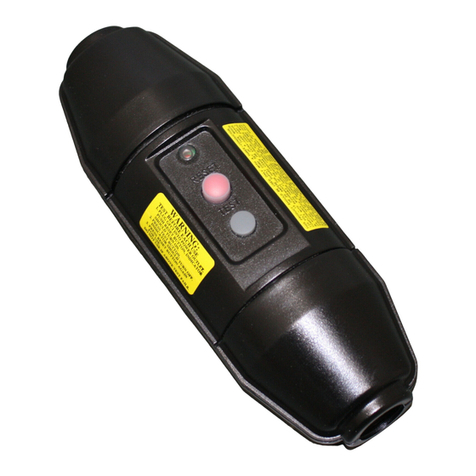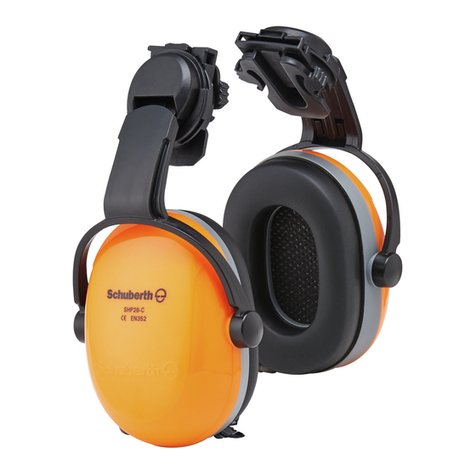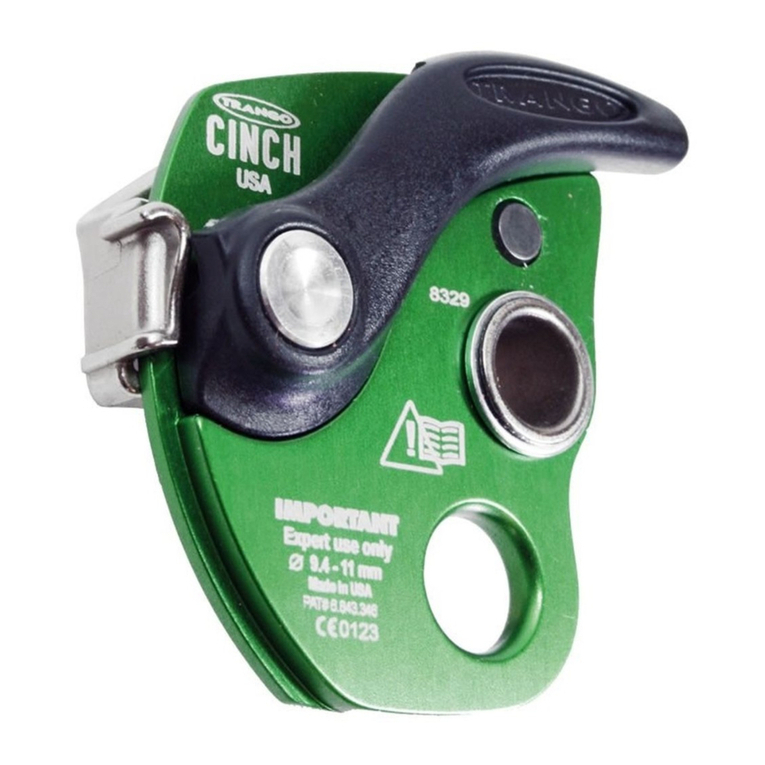
Page 2 of 8TOTALPAC®3FIRECYCLE®III
Integrated Fire Protection System
Mechanical Section - Deluge System - FIRECYCLE
®
FM-076A-0-52A
1.3 Placing the system in service
1. Verify that the main water supply valve (D1) is CLOSED.
Verify that the system has been properly drained.
2. Verify that all system piping auxiliary drain valves are
CLOSED.
3. CLOSE main drain valve (D3). Verify that the manual
emergency release valve (B10) is CLOSED.
4. OPEN priming valve (B1).
5. Reset the release control panel (see section E
CONTROLS). Solenoid valve (F1) should CLOSE. Flow
from solenoid valve to drain should stop. Verify that the
pressure indicated at the priming pressure gauge (B11)
is equal to, or greater than the pressure indicated at the
water supply pressure gauge (B12).
6. OPEN flow test valve (B6). PARTIALLY OPEN main water
supply valve (D1).
7. When full flow develops from the flow test valve (B6),
CLOSE the flow test valve. Verify there is no flow from
drip check valve (B7) when the plunger is pushed.
8. FULLY OPEN the main water supply valve (D1).
9. Verify that the alarm test valve (B5) is CLOSED and that
all other valves are in their "normal" operating position
(see paragraph 2.1 NORMAL CONDITION of the current
section).
10. Reset the release control panel (see section E
CONTROLS).
11. Check and repair all leaks.
12. On new installation, system that has been placed out of
service, or where new equipment has been installed,
trip test the system to verify that all equipment functions
properly (see paragraph 1.7.2 FULL FLOW TRIP TEST of
the current section).
13. Notify the AUTHORITY HAVING JURISDICTION, remote
station alarm monitors, and those in the affected area
that the system is in service.
Note: When a valve has been removed from service and is
subject to freezing or will be out of service for an extended
period of time, all water must be removed from the priming
chamber, trim piping, water supply piping and any other
trapped areas.
1.4 System Operation
1.4.1 In the SET condition
System water supply pressure enters the priming chamber
of the flow control valve (A1) through the priming line which
includes a normally open priming valve (B1), strainer (B2),
restricted orifice (B3) and spring loaded check valve (B4).
Water pressure is trapped in the priming chamber of the
flow control valve (A1) by a spring loaded check
valve (B4), normally closed solenoid valve (F1), normally
open solenoid valve (F2), PORV (B9) (pressure operated
relief valve) and manual emergency release valve (B10).
The pressure in the priming chamber holds the flow control
valve clapper closed, keeping the outlet chamber and
system piping dry.
1.4.2 In a fire condition
When a FIRECYCLE ®detector is activated, the release
control panel activates an alarm and energizes both the
normally closed solenoid valve (F1) and normally open
solenoid valve (F2).
Pressure from the priming chamber of the flow control
valve (A1) is released to the open drain manifold faster
than it is supplied through the restricted orifice (B3). The
flow control valve clapper opens to allow water to flow into
the piping network and alarm devices, causing water flow
alarms connected to the alarm pressure switch (C1) and
the optional water motor alarm (C2) to activate. The
PORV (B9) is pressurized, purging the priming chamber
pressure. Water will flow from all open sprinklers/spray
nozzle on the system piping network.
Note: If the detection system operates due to mechanical
damage or malfunction, the flow control valve (A1) will
open. Alarm devices (C1 and optional C2) will operate.
Water will flow from the system piping network and flood
the protected area.
1.4.3Cycling discharge stop
Water discharges until all FIRECYCLE®detectors have reset
(cooled below their set point). The release control panel
then activates a soak timer, allowing the system to flow
water for a preset period of time (soak timer).
When the soak timer has elapsed, the release control
panel de-energizes the normally closed solenoid
valve (F1), allowing it to close. The normally open
solenoid (F2) remains energized closed.It rebuilds
pressure in the priming chamber of the flow control
valve (A1), allowing it to close and stop discharge.
Should a FIRECYCLE®detector go into alarm, the release
control panel energizes once again the normally closed
solenoid valve (F1), and the entire discharge cycle repeats.











